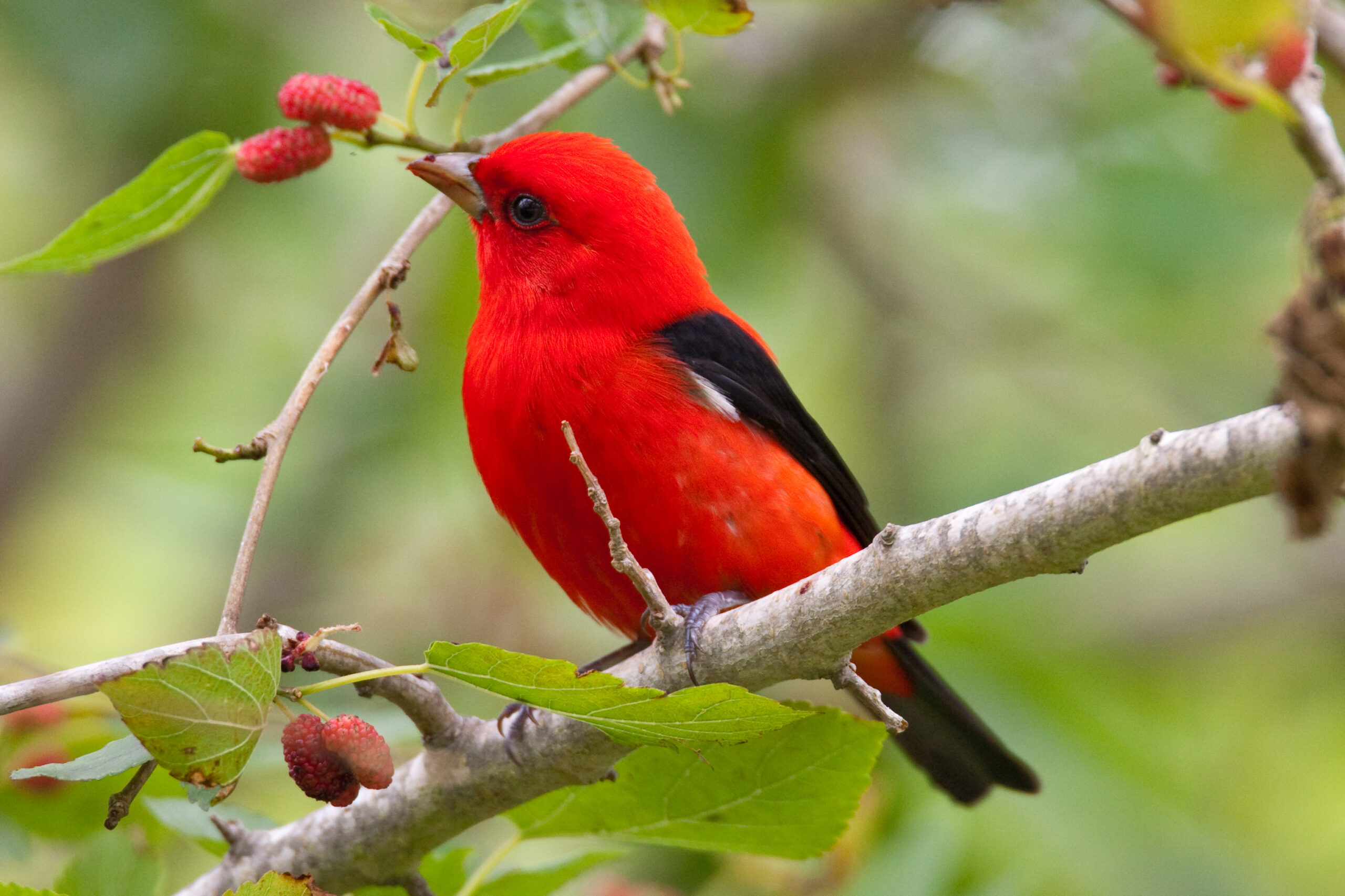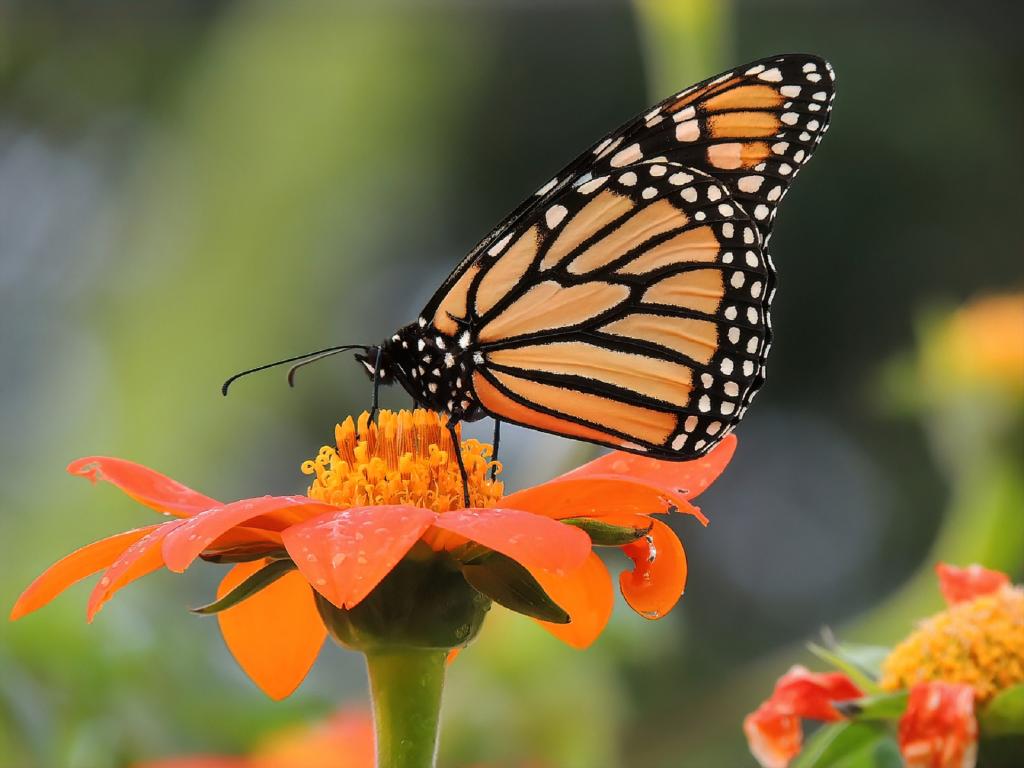THE SANCTUARY
’Karnala Bird Sanctuary’ which is the holy grail of bird lovers is one of those protected areas. 6 national parks and 48 sanctuaries have been declared to preserve the bio diversity of Maharashtra.
This bird sanctuary is situated at a location 12 kms away from the Mumbai-Goa National Highway No.17 in the Panvel taluka of Raigad District. The reserved forestration around the fort in the sanctuary is a very beautiful place enriched with a wide variety of flora and fauna. To preserve this natural wealth , the Government, in 1968, gave legal protection to the area spread over 12.11 sq.km around the foot of the fort and it was named ’Karnala Pakshi Abhyaranya’ in Marathi. It is also known as ‘Karnala Bird Sanctuary’.
AVIFAUNA
‘Karnala Bird sanctuary’; the name itself signifies it is well-known for certain kinds of species of birds. The climatic conditions here favor habitation of a wide variety of birds, almost making it their native place.
As per reports from the tourists, bird watchers and ornithologists that visit the sanctuary , about 134 different varieties of native birds and approximately 38 kinds of migratory birds visiting in the period from November to April, have been discovered.
FOREST WEALTH
Major portion of the Karnala Bird Sanctuary is covered by deciduous forests, whereas the portion in deep valise near the canals is covered by evergreen forests. 642 different kinds of vegetative species, rare medicinal herbs are found in these forests.
Primarily found large trees :
Apta, Awla, Umber, Ain, Karanj, Kokam, Khair, Chinch, Jambhul, Bel, Moh
(Marathi names for the trees)
Medicinal Plants :
Awla, Kokam, Behda, Reetha
Creepers :
Gulvel, Palasvel, Morvel, Gaarambi
Bushes :
Adulsa , Erand, Karwant , Ghaneri, Nirgudi
WHAT WILL YOU FIND ?
Other than bird watching, the main attraction here is Karnala fort. The difficult to ascent terrain around the fort makes it a favorite for trekkers and mountaineers.
Nature trail
‘Hariyal ‘ and ’ Mortaka ‘— the nature trails to the east of National Highway are significant from point of view of ornithologists. Experienced ornithologists have encountered 47 birds of different species at a time travelling along these trails.
‘Gaarmaal’—another nature trail to the west of national highway has a wide variety of vegetation.
Residence
‘Mayur’ and ‘Bharadwaj’ are the places of rest located at a distance of ½ km from the main entrance of the sanctuary which is to the east of National Highway. Ongoing towards west of the highway, there are nature information center, tourist hut and halls.
Food Facility
One can avail of tasty homemade meals facilitated by the Rural Development Savings Schemes.
Other amenities
Nature Information Centers have been set up to increase public awareness about forest wealth and resource conservation. Entrance and parking facility at a stipulated charge is available.
The whole sanctuary is clean and plastic free due to strict prohibition of plastic use.
Attractive information and notice boards have been set up everywhere to encourage people to follow all the rules and regulations in favor of the preservation as well as promotion of the natural beauty and wild life.

THE FORT
Karanala Fort — The intimate witness to history.
Karnala fort lies 445m above the sea-level. Climbing up through the shade of the dense forests, hearing the pleasant twitter of the birds, one reaches the fort border wall. There is a fleet of steps that takes one to the entry gate of the fort. The groove at the foot of the fort that seems tiny sized from above is actually quite large.
The fort was primarily used to keep a watch over the attackers. The Karnala fort has witnessed a lot of events over the prolonged period of 1200 years. It has experienced both the golden era of the Bhoj, Shilahaar and Devgiri’s Yadav rulers as well as the three hundred year old period of misery and slavery caused by the foreign invaders.
THE WILD LIFE
Karnala Bird Sanctuary is a wonderful place to discover and observe nature. Though this is primarily an avian paradise, Karnala is also home to the four horned antelope, wild boar, jungle cat, muntjac, Indian fox, Indian hare, common langur, leopard and common mongoose. You will discover centipedes under rocks, jewel beetles on flowers and stunning butterflies – glassy tiger, chocolate pansy, blue mormon, oakleaf, common mime – flitting across. The melodies of the Paradise Flycatcher and Magpie Robin, the mimicking call of the Racket-tailed Drongo, the croaking of frogs and the scuttling little pond crabs all add to the delight of this beautiful sanctuary.


